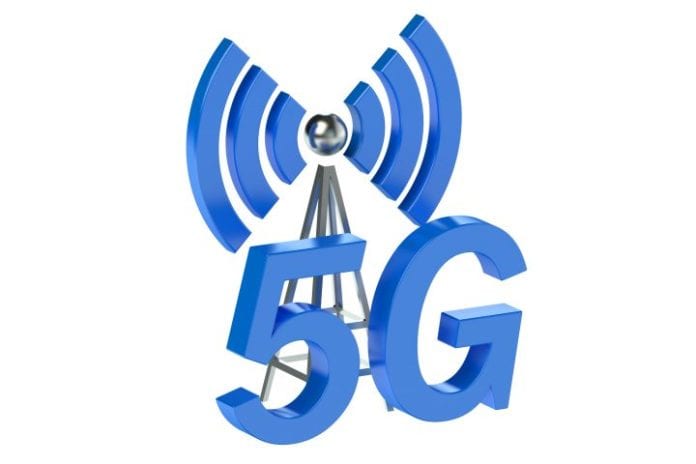5G technology is set to revolutionize the mobile telecommunications space, though cooperation will be needed to extract the most benefit.
Editor’s Note: The RCR Wireless News Reality Check section is where C-level executives and advisory firms from across the mobile industry share unique insights and experiences.
Mobile World Congress wrapped over a month ago, but the hype, discussion and analyzation of “5G” mobile technology is far from over. In fact, it’s really just beginning as even the most optimistic commentators at MWC acknowledged it won’t be until at least 2020 before we see the first large-scale commercial deployments of 5G networks. This is disappointing news for anyone eager to marry the benefits of 5G network capabilities, like high speed and low latency, with forward looking technologies like virtual and augmented reality applications and services. Those pipe dreams can only become realities when paired with high-definition mobile video capabilities and 5G networks are critical for success. The good news is because 5G is a technical standard that is very much still under development, the three-year development lag means there is plenty of time for enterprises and mobile operators to prepare for the step change in mobile performance that 5G will bring.
What does the future hold?
As it stands, 4G networks – in an ideal environment – currently max out at one gigabit per second, meaning it would take about an hour to download a short HD movie. However, people rarely experience 4G’s maximum download speed because of various disruptions (poor signal, tall buildings, etc.) that prevent them from experiencing its top speed. In comparison, 5G is predicted to increase download speeds up to 10 Gbps, meaning a full HD movie could be downloaded in seconds. This increase in speed is great news for any business taking advantage of mobile collaboration tools to fuel the widely adopted remote-work environment, as the technology will reduce latency and users will experience less interruptions such as freezing and slow application launches. There are many benefits to operators as well, including promise of a record level of spectrum efficiency, enabling them to support more devices and improve coverage in typically poor coverage areas.
Challenges on the horizon
While the promise of 5G is exciting, like any new technology roll out there will be challenges. Notably, deploying 5G will require massive cost and resource investments from all players involved to achieve successful global roll out. While it’s technically a software upgrade to “4.5G,” there are also added complexities that will require more effort and resources from both telecoms and skilled IT professionals. What’s even more challenging is the introduction of network functions virtualization, which bypasses the network’s traditional reliance on function-specific hardware, instead of a software-defined architecture. However, the business case for 5G is ultimately still strong as it allows for long-term flexibility and cost efficiency, but the short-term will not be without organizational challenges for mobile operators.
Worth the effort
The effort of deploying 5G networks will inevitably be a large undertaking, but it will be well worth it as carriers and mobile operators will have the power to enable a whole new class of service that will transform the way its enterprise customers enable employees to live, work and communicate. This transformation is taking place at a critical time for the telecom industry as advances in communication-over-IP are cutting into voice and messaging profits, with an estimated $386 billion loss to the industry by 2018. Rather than developing new products or services to compete with over-the-top players, operators need to focus on their core: mobility; and as such, preparing for the shift to 5G. Arguably one of the most critical elements to making this shift successful is ensuring all those involved in the 5G ecosystem work together in harmony to institute a strong global standard and that interoperability promises of the technology are met.
Looking to the future
As discussed, an essential element for a successful shift to 5G are strong partnerships between mobile operators and other carriers. This synergy will not only allow a noticeable improvement in speed, ease-of-use and reliable connectivity for mobile communications, but it will ultimately result in a more efficient society as a whole. 5G has serious promise to live up to its sky-high expectations, but the critical piece will be figuring out how to make all these systems work together to deliver an experience that raises the bar on data speed and reliable communication.

